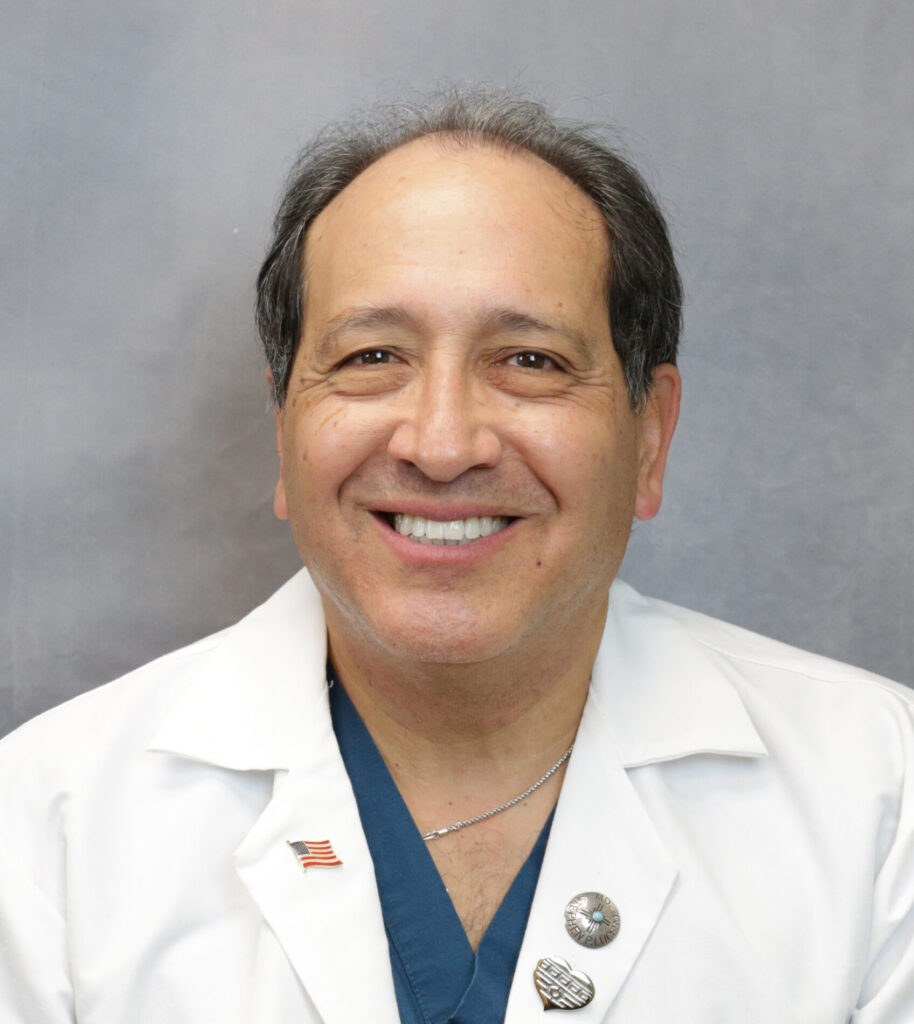Kidney stone disease is a common urologic condition. There are more than 3 million cases per year in the United States, accounting for over half a million Emergency Department visits.
It has been said that there is nothing more painful than passing a kidney stone. In fact the FAA grounds pilots who are diagnosed with kidney stones until they are properly treated and if they form a second stone, they are grounded for life.
Kidney stones occur in approximately 10% of men and 8% of women but the gap is closing. The reason people form kidney stones is due to genetics and environmental forces. Here in New Mexico we live in the high desert, and nobody drinks enough water. We are taught from infancy not to waste water, so many of us are in a constant state of dehydration.
This may be OK if you don’t have the genetic predisposition to form stones, but you are a walking time bomb if you are a stone former.
The function of the kidney is to filter the blood. 20% of the blood from each heartbeat goes through the kidneys. In a state of dehydration your urine becomes concentrated allowing the minerals to crystallize. These crystals then bind to each other forming bigger crystals and eventually stones. When a stone starts to pass and blocks the kidney, the crystalline structure of the stone rips the delicate tissues causing it to bleed and severe pain. If it completely blocks the kidney and the urine becomes infected, the infecting bacteria can easily get into the blood stream causing urosepsis which carries an up to 50% mortality. For decades the only option for treatment, outside of passing a stone was open surgery. There are still people walking around with scars on there sides that look like a shark bit them.
The development of fiber optics made it possible to look inside the urinary tract and treat many stones without an incision.
On February 7, 1980 Dr. Christian Chaussey used a revolutionary device to successfully treat a patient with a kidney stone from outside of the body using shockwaves. He called this effect an Extracorporeal Shockwave Lithotripsy or ESWL for short and it revolutionized the treatment of kidney stone disease. The early machines had a dedicated building and a huge water bath with a large gantry to immerse the patient for the treatment. It looked like a strange carnival ride. You may still see one if you look up Extracorporeal Shockwave Lithotripsy on Youtube. Over the years the machines have become more compact and more precise.

I am pleased to announce that Holy Cross Hospital has the newest most up to date ESWL machine in the state and we are offering this treatment to the people of northern New Mexico.
As great as this new technology is, it is only as good as the people using it. I am proud to be a part of a highly dedicated, knowledgeable, compassionate team in Holy Cross Surgical Specialties and the Holy Cross Hospital operating room staff. The treatment we offer here is second to none but it shouldn’t be a surprise, we are treating our family, friends and neighbors.
That’s what we are here for.
